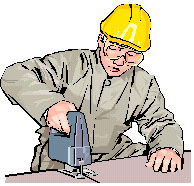Accreditation of engineering education was started by ECPD that had accredited 580 undergraduate engineering programs at 133 universities by 1947. In 1980 ECPD restructured to become the American Association of Engineering Societies (AAES) and the Accreditation Board for Engineering and Technology (ABET) to certify engineering degree programs in the United States.
The equivalent process was set up in Canada with the establishment of the Canadian Engineering Accreditation Board (CEAB) in 1965 to accredit engineering programs across Canada.15 The objective of CEAB was to provide the academic requirements necessary for licensure as a professional engineer in Canada. Like ECPD in 1986 Engineers Canada established the Canadian Engineering Qualifications Board (CEQB) to develop national guidelines on professional engineering qualifications, standards of practice, ethics and professional conduct.
Get to know more and upgrade your skills by learning with us, get started for free on http://talenthunt360.com/
Share your feedback and comments.
Gurmeet Bambrah, is the founder of TalentHunt360







